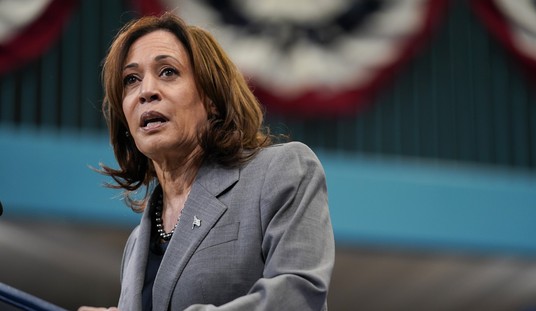If you’re looking for a single picture that captures the salient points of President Barack Obama’s oil policy, here it is. Courtesy of the Republican Study Committee:
This was timely, given Steve Maley’s excellent posting yesterday on the “10 Ways Obama Could Reduce Gas Prices Now“. Now some on the Left, including the President himself, are trying to convince us that there’s nothing he can do to bring gas prices down in the short term. And in fact it is pretty obvious that his administration’s policies are diametrically opposed to the idea of reducing prices in the first place (witness the Steven Chu quote cited in the infographic). But as my colleague Steve posted in his RedHot tweet last night, there is ample evidence that past Presidential actions have resulted in just such immediate relief as Obama and his minions deny are possible…behold, the second best infographic of the day:
(source: energytomorrow.org)
Despite the feeble efforts of the Left to excuse Obama’s offensive energy policy as having little or no impact on gas and oil prices, the evidence speaks for itself. Not only have the policies of the Obama administration had an adverse impact on the price of oil, but these anti-oil policies are probably hindering the economic recovery that the President supposedly seeks. But hey, Obama’s tree-hugging buddies are pleased as can be at his eco-pandering and continued efforts to use government money to shore up an “alternative energy” industry that is neither profitable nor practical. While Obama and Chu continue to peddle lies about the oil and gas industry, they stick us with the price tag for follies like Solyndra. As Marita Noon describes, it’s “Obama’s Fake Fossil Fuel Infatuation“:
While greens describe Section 1603 as a program that “provided grants in lieu of tax credits to small renewable companies,” free market, fiscal conservatives—who don’t like subsidies in the first place—would be outraged if they understood how the program is really used. The PTC gave owners of wind turbines a tax credit of 2.2 cents per kilowatt-hour (kWh) of electricity produced during the first 10 years of operation. A 50 MW installation operating at an average capacity factor of 30% would generate 131,000,000 kWh per year. The owner would receive a PTC of $2,891,000 per year or $28,910,000 over 10 years. However, Section 1603 allowed the turbine owners to take a “cash grant” equal to 30% of capital costs up front ($100-120 million, 30% = $30-36 million) that came directly from the US Treasury—whether or not the turbine ever produced any electricity. This removes the performance risk for the developer and allows projects with a marginal net capacity factor to get built—even though, like Solyndra, the project doesn’t attract enough private investment. Plus, the cash grant is a “grant,” not a loan. The government doesn’t expect any money back. With the money taken up front, rather than annually based on actual production, turbine owners do not have the incentive to keep up the costly maintenance, and the turbines can eventually be abandoned. Additionally, much of the money is given to foreign companies—not “small renewable companies.”
These brief samples of President Obama’s priorities, as outlined in his proposed budget, highlight the flaws of his ideology. Instead of building on strength, it builds on failure. Renewables have repeatedly proven that they are more expensive than traditional fuels and are unwanted—requiring mandates and government programs to create an artificial market. There are thousands of abandoned wind turbines rusting in the wind. There were no buyers for Solyndra. Their stock of solar tubes were tossed in the trash. Fledgling companies from all segments of the renewable industry have gone bankrupt. They were surviving solely on subsidies and couldn’t compete without the frequent cash infusions. Yet, the budget promises them billions more—good money thrown after bad.
Peter Morici, of the University of Maryland Smith School of Business sums it up well:
Under Mr. Obama’s stewardship, the U.S. economy is not recovering as it should. As per usual, the president distracts public attention from poor policy choices by blaming and ridiculing others.
After three years, the president, who promised Americans millions of clean energy jobs in place of a thriving petroleum industry and much lower unemployment, should own up to his mistakes. Most Americans are needlessly paying too much for gas and foreign oil, while federally subsidized solar and wind projects are filing for bankruptcy.
This November, poor judgment and weakness of character—such as the president’s repeated attacks on the petroleum industry and failure to take responsibility for the consequences of his actions—make the most compelling case for change.
Americans should not expect a perfect president but at least one who bases decisions on facts not whimsy, and learns from mistakes.
Americans are simply not getting fact-based leadership and good judgment from President Obama.
The infographic does tell the story:
- Inauguration Day, 2009: $1.92 a gallon. Today: $3.72 a gallon.
- Chu: “Somehow we have to figure out how to boost the price of gasoline to the levels of Europe”
Yay, Obama Energy Policy!















Join the conversation as a VIP Member